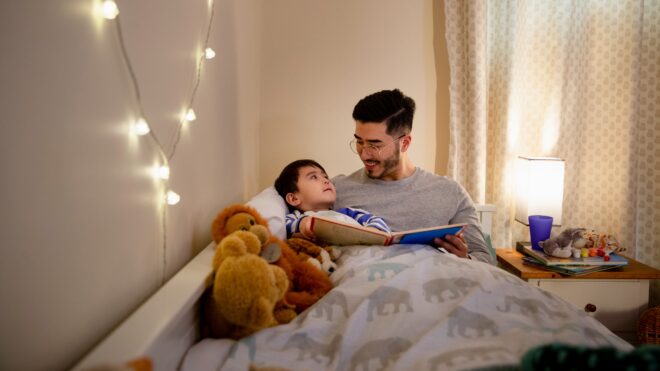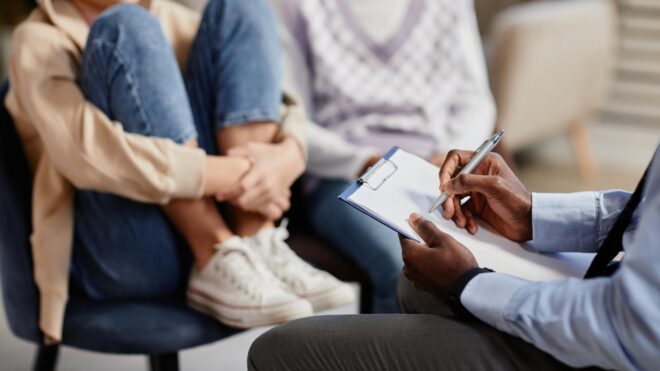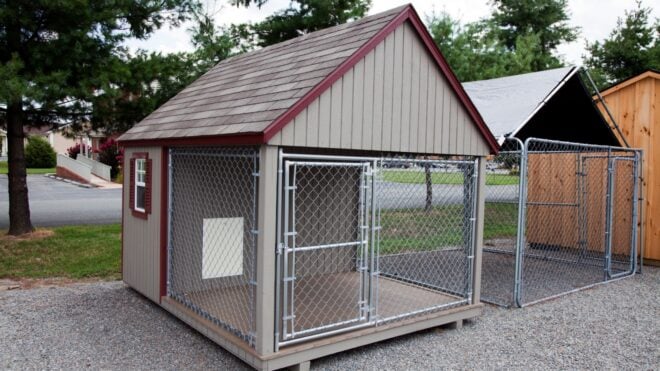
When we think of anxiety disorders, we often think of 30-year-old women rather than children. Unfortunately, many people believe that children are incapable of having depression or anxiety, because, hey, “What do they have to be anxious about?” This ignorance leads to children getting disciplined for simply expressing how they feel, rather than getting the medical help they need.
This leads us to one of the main symptoms of anxiety that people tend to misunderstand in children: attacks. Being able to recognize panic and anxiety attacks is key to being able to treat them. The main difference between a panic and an anxiety attack is when the attack happens, but we’ll get to that soon.
While there is overlap here and there, the reason why we need to differentiate between the two is because some coping strategies for one, may not work for the other. It’s also important for diagnosis, as having a panic disorder isn’t synonymous with having generalized anxiety.
What is a panic attack?
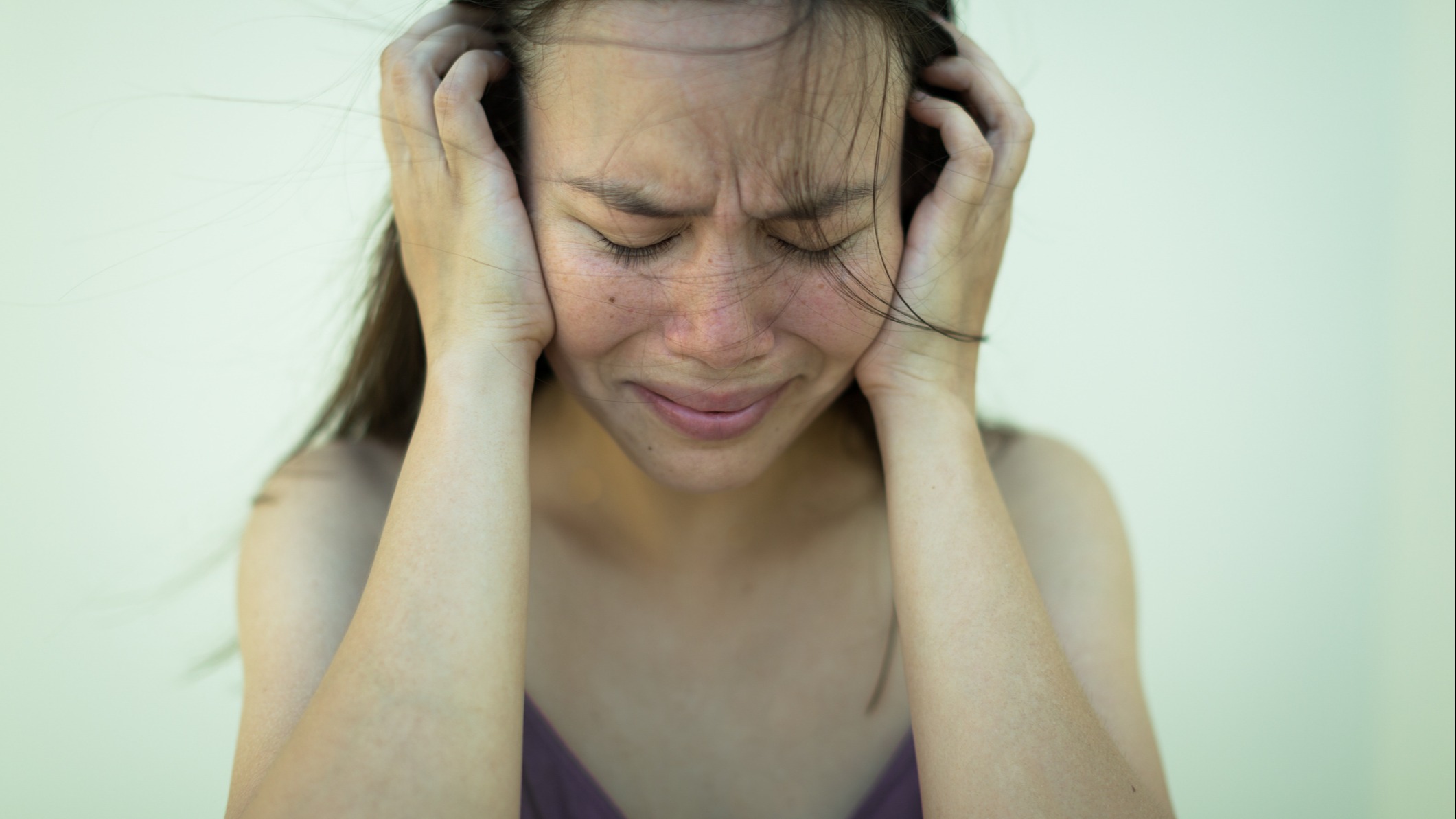
Panic attacks usually happen with little to no warning, often caused by the long-term effects of anxiety rather than a single trigger. Though a phobia or triggering event can at times spur on a panic attack, they tend to happen after long periods of the body withholding tension. For example, an arachnophobe seeing a spider in their bath may experience a panic attack, but that same arachnophobe may “randomly” have a panic attack about it a couple of days later, still affected by the trauma of seeing it the first time even though they feel fine.
People with a chemical imbalance that causes their anxiety, rather than a stressful life situation, may also have random panic attacks, especially if they are also low on certain nutrients, such as GABA.

A panic attack is a body activating the fight or flight response, an evolutionary tactic used when we were cave people trying to escape bears and forest fires. The body pumps adrenaline and blood away from “useless” parts of the body straight to the heart so we can either fight back or run away fast. As you can tell, this response isn’t useful for non-dangerous situations, so it can kick in during a stressful work meeting, or randomly to a kid who has had numerous daily bad experiences in school.
What are the symptoms of a panic attack?
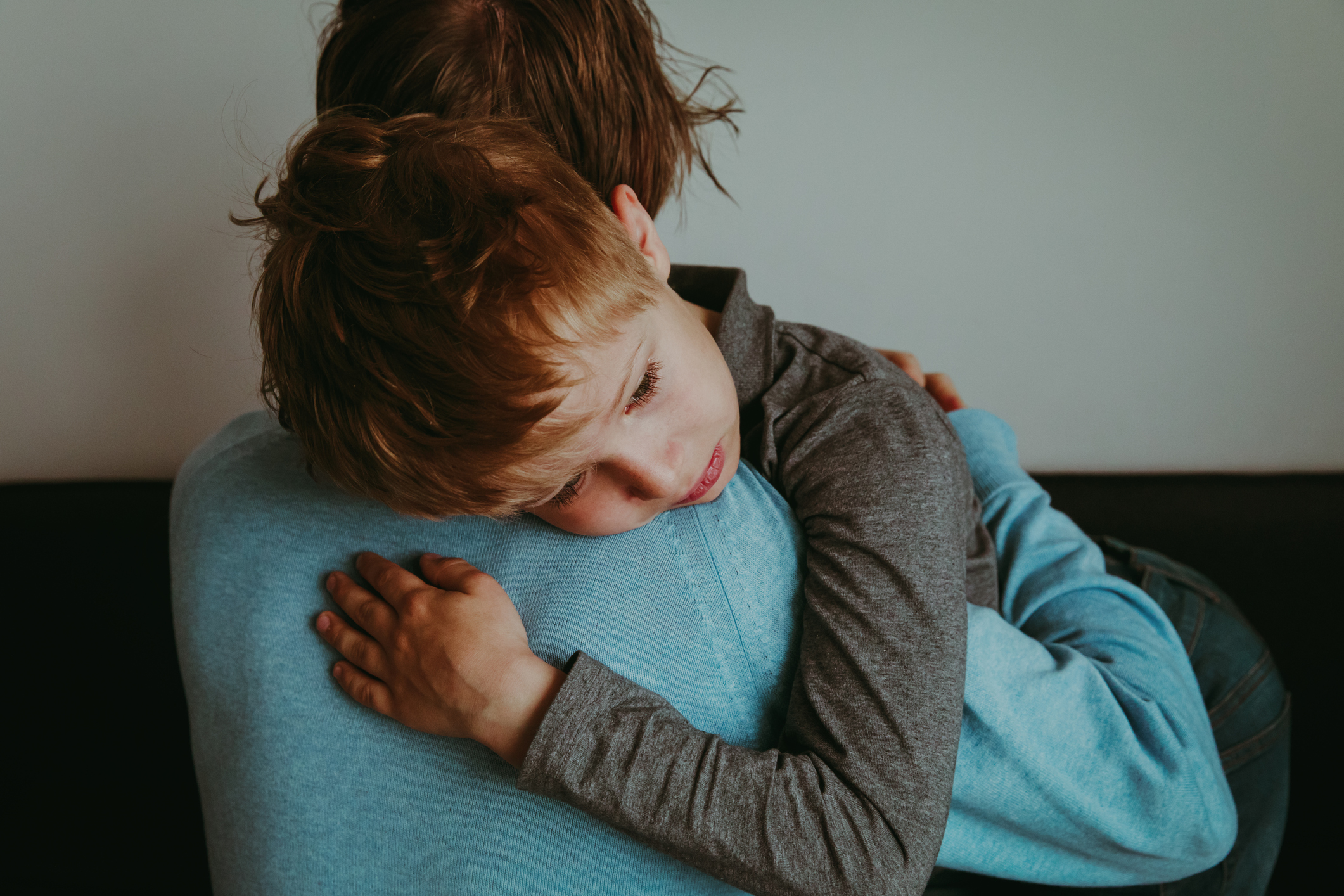
Panic attacks are often pretty frightening to feel and see, as they can be mistaken for a heart attack or a seizure. Panic attacks can look different for everyone, but generally, they involve shortness of breath, tightness in the chest, heart palpitations and an extremely fast heartbeat, tremors, severe stiffness in the limbs, dizziness, and a strong feeling of dread. The dread often feels like one is about to die, and can cause seemingly “hysterical” crying, especially in children.
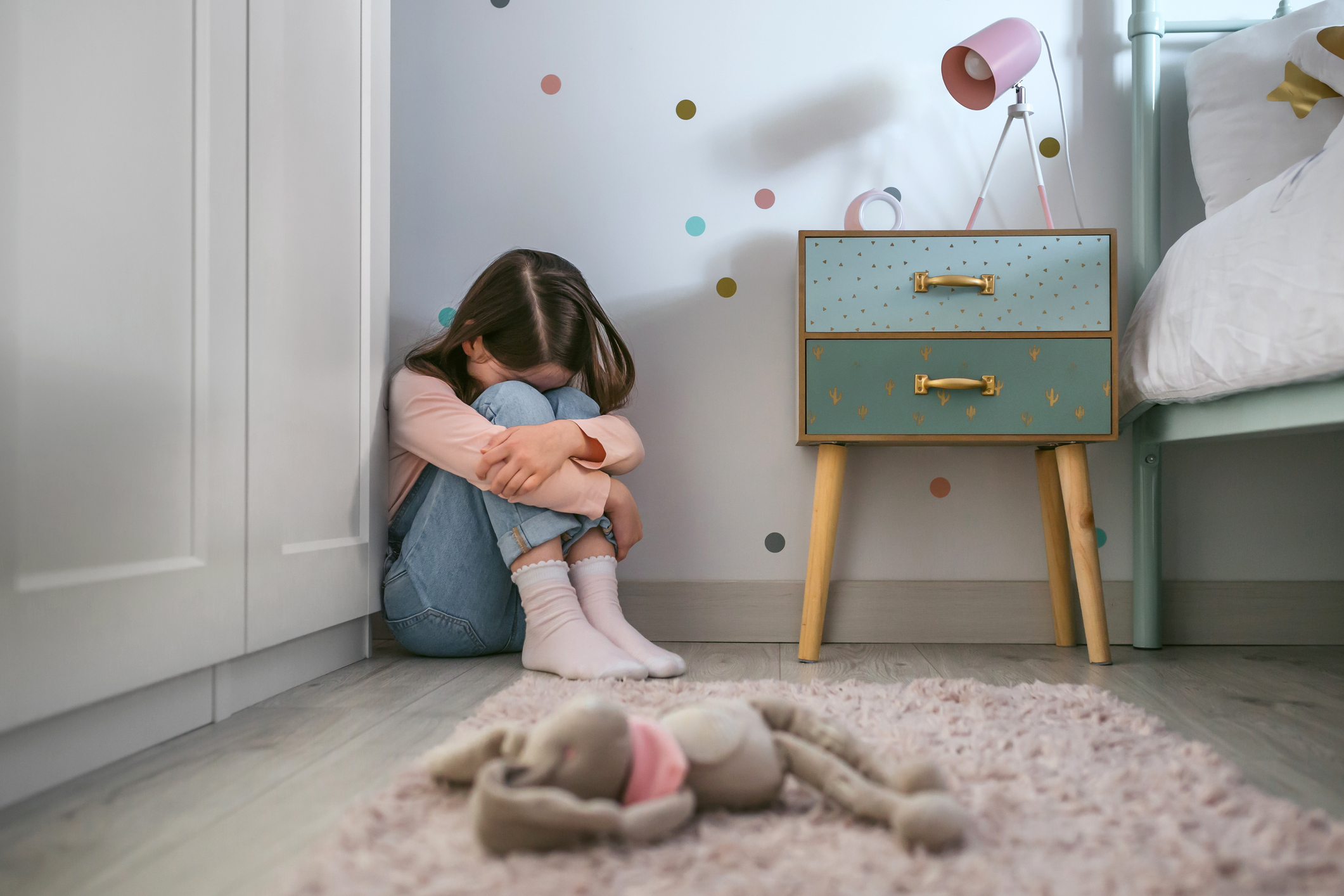
Though it can be easier for adults to articulate what’s wrong, it’s more difficult with children. In kids, panic attacks can be, unfortunately, seen as temper tantrums and ignored. Young children may also void their bladders unexpectedly, as that fight or flight part of their brain will tense every muscle in the body, leading to a need to expel bodily fluids.
A panic attack, is exactly that, an attack of panic, which can become a vicious cycle of “I feel extremely weird,” which leads to more symptoms, which leads to more panicking that you’re about to die, and so on. So stopping that cycle from looping is vital in stopping the attack.
What to do during a panic attack.
Unlike an anxiety attack, no amount of practical problem-solving will help the physical symptoms of a panic attack. Your child does not need solutions in this situation, they need comfort. Everyone is different, but generally lying down with their eyes closed is a good way to calm the body, blocking out sensory nightmares such as bright lights and the need to sit upright. Tell them you’re not going anywhere, and that as much as it doesn’t feel like it, nothing bad will happen. Their body is essentially lying to them; there’s no danger, and it’ll be over with soon. Guiding their breathing will help lower their heart rate, and give them something to concentrate on instead of the discomfort.
This is easier said than done with a child, but regardless of age, it’s one of the best ways to stop the symptoms. The slower they breathe, the lower their heart rate. The lower their heart rate, the quicker their body can send blood flow back to stiff and numb parts of the body. The quicker their body has sufficient blood flow, the quicker they can move around normally and feel in control of their body. The more in control they feel, the quicker they can recover.
There’s also a body-tension exercise they can do in order to expel extra tension, which involves squeezing different parts of their body (hands, thighs, shoulders, etc.) for a few seconds, and then letting go. A panic attack is essentially the body’s inability to deal with trapped tension, so getting it out will help, even if they’re lying down.
What is an anxiety attack?
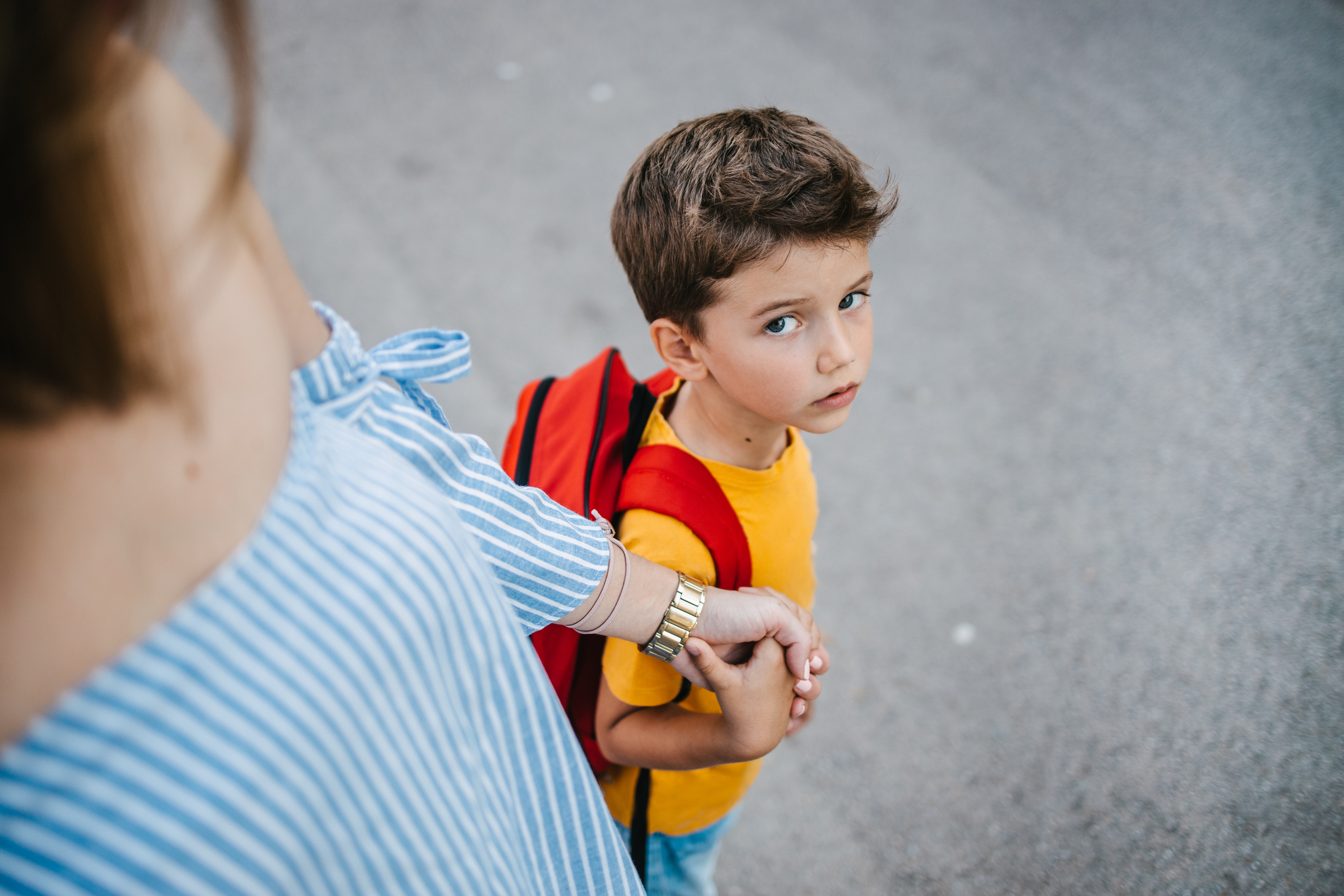
Anxiety attacks are characterized by excessive worry, apprehension, and nervousness about present and future events or situations. Unlike panic attacks, anxiety attacks develop gradually and are usually triggered by a stressful situation at hand. Or while thinking about a stressful situation that has happened, or will happen soon. A lot of “what if” thoughts build up in one’s mind, “What if I get beaten up at school tomorrow?” or, “What if my grades keep getting worse?” These thoughts also get bottled up at the back of their minds, until one day that bottle overflows.
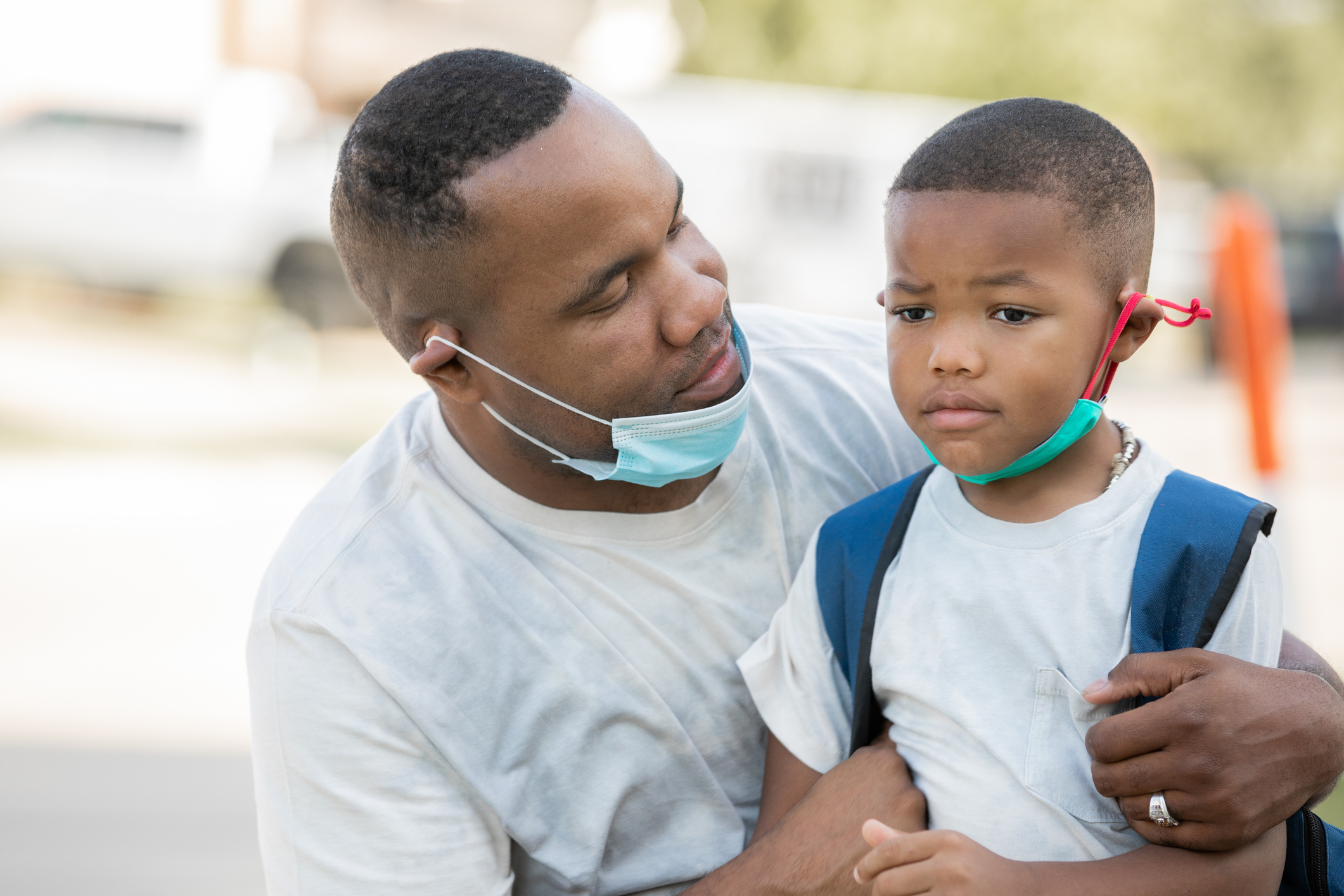
Essentially, an anxiety attack is a reaction to stress, triggered by such life situations and phobias as bullying, bugs, heights, academic pressure, death/dying, friendship problems, family arguments, parental money issues, or simply due to a chemical imbalance in the brain.
Symptoms of an anxiety attack are believed to stem partially from an imbalance in emotional brain centers rather than the more recently evolved frontal lobe, which houses higher cognitive functions. As we said earlier, an anxiety attack in a child can look like a temper tantrum, as they have no idea how to handle the sudden explosion of emotions. So, if during a stressful situation, your child freaks out, you may want to look into whether it’s actually an anxiety attack.
What are the symptoms of an anxiety attack?
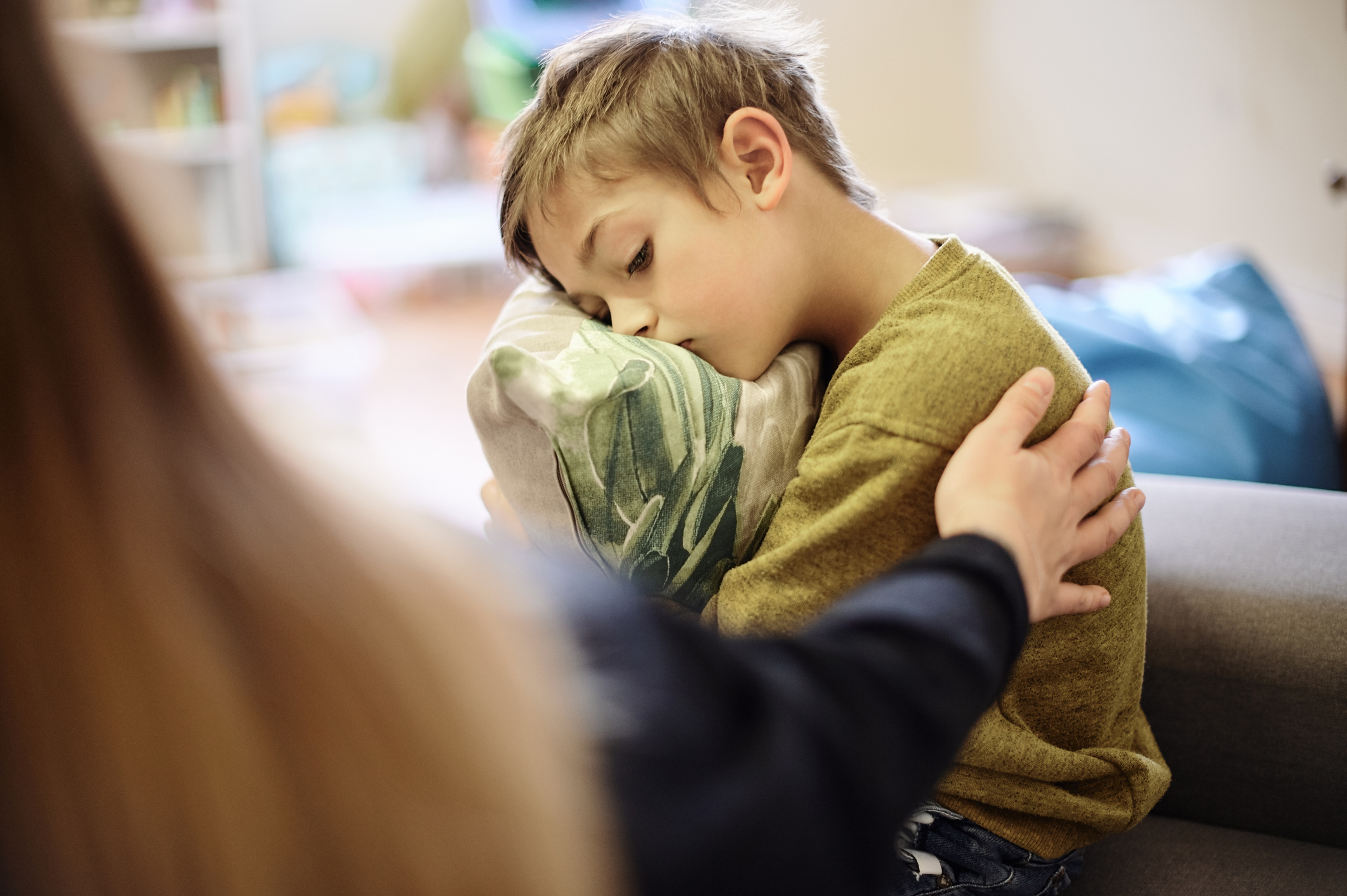
Similar to a panic attack, hyperventilating is a common symptom, which can lead to a racing pulse, but that racing pulse doesn’t tend to happen randomly like with a panic attack. Excessive sweating, feeling lightheaded, and headaches are symptoms that make it a little clearer that your child is having an anxiety attack, rather than a tantrum. Unlike a panic attack, symptoms can be prolonged indefinitely and lead to more long-term effects such as general restlessness, irritability, difficulty concentrating, muscle tension, and difficulty falling or staying asleep. Children may also experience physical symptoms like stomachaches or headaches, which unfortunately may be misattributed to other illnesses, or the desire to play hooky from school.
Though physical symptoms are a big part of an anxiety attack, the attacks are generally more emotional than physical. Your child may be facing an extreme sense of fear that they just can’t shake. Taking a look at all the symptoms together, and at any life situation your child may be facing, rather than at symptoms individually, will help you decipher whether they are dealing with an anxiety disorder. As always, seek out their pediatrician for their advice.
What to do during an anxiety attack.
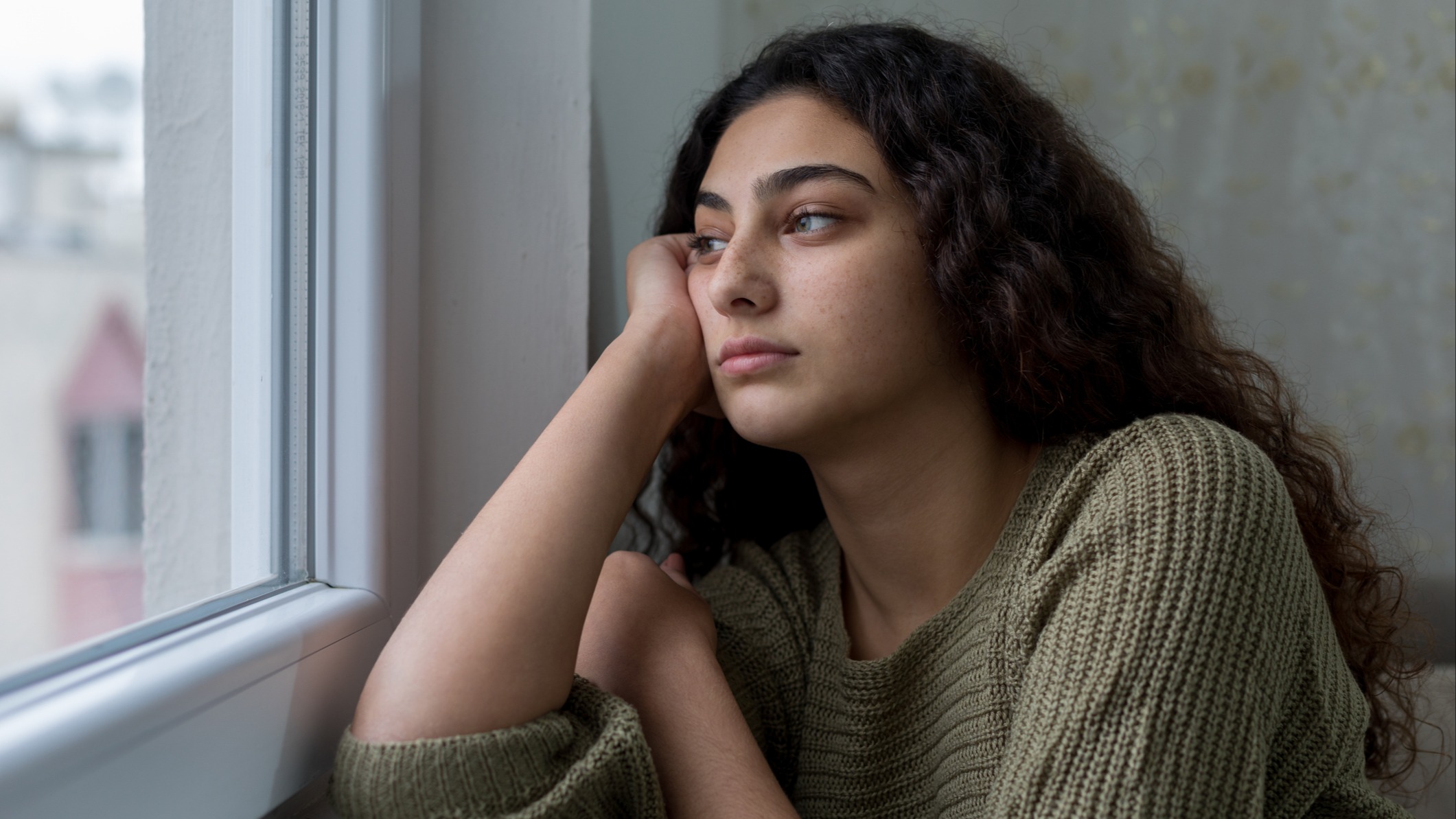
During an attack, try and talk your child down from the metaphorical ledge in the most sensitive way possible. Validate their fears, and their worries, while making sure they know that they are in a safe place, and that their fears may not necessarily come true. Do not focus on how loud they’re being, as this will stress them out more. If you wouldn’t tell your adult friend to stop crying and be quiet during an anxiety attack, then why is your child any different? Treating the kid like they’re just having a temper tantrum will only make things worse.
Similarly to a panic attack, have them slow down their breathing, and talk in soothing tones. Let them vent about what it is that's scaring them, then slowly offer solutions. "Your grades will soon go up," or "You'll find new friends," or "We'll take tomorrow off and come up with a plan, but right now we'll take a nap and relax, is that what you'd like to do?"
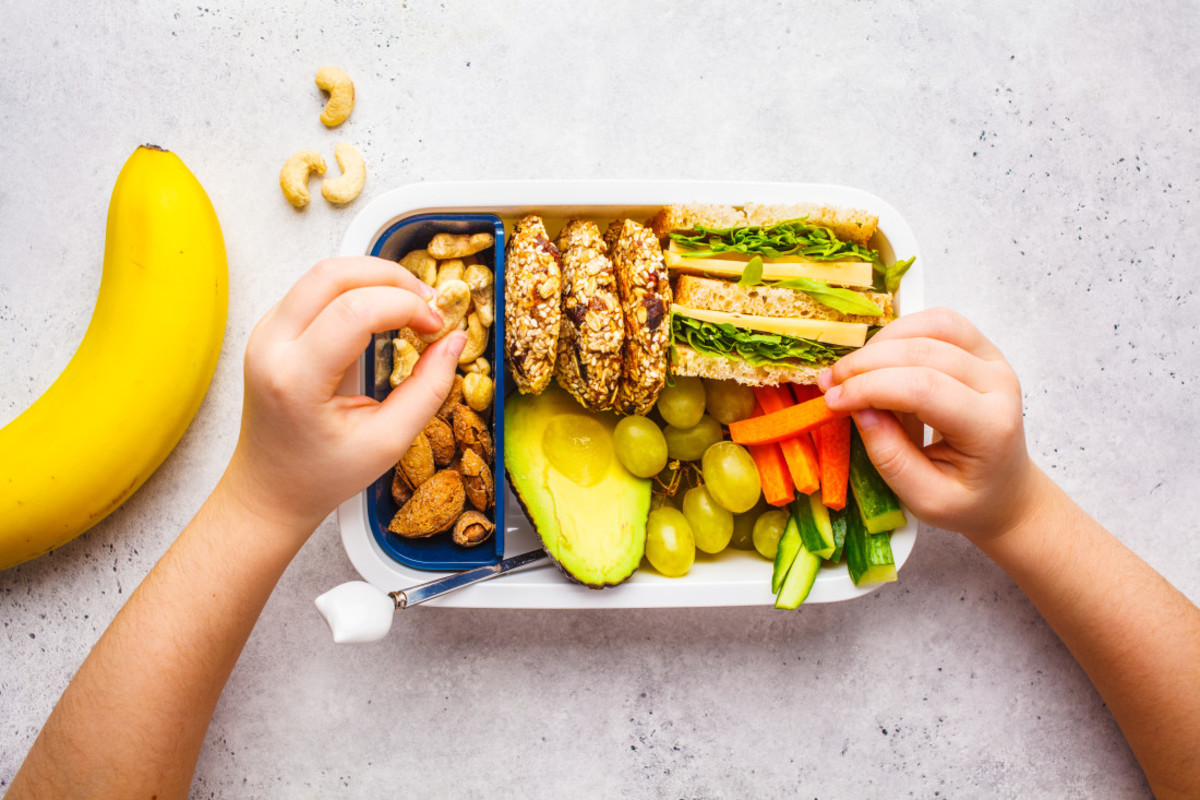
The aftercare of an anxiety attack is similar to a panic attack: let your child rest, and stay with them. Give them cuddles if they’re OK with it — as sometimes after an attack they may not want to feel boxed in by big arms, as that can be quite claustrophobic for some people.
If your child’s anxiety is in any way related to their iron or GABA levels, be sure to give them a snack that’s rich in iron and GABA, such as a ham sandwich, a banana, Greek yogurt, or apricot slices. You can get back to “normal” tomorrow, but right now, just be there for them.

